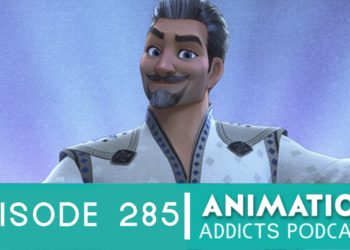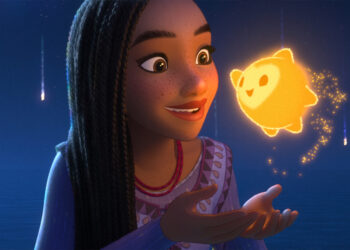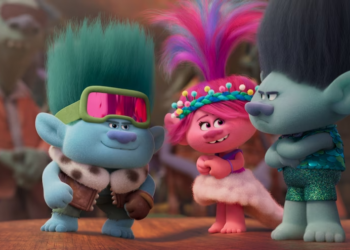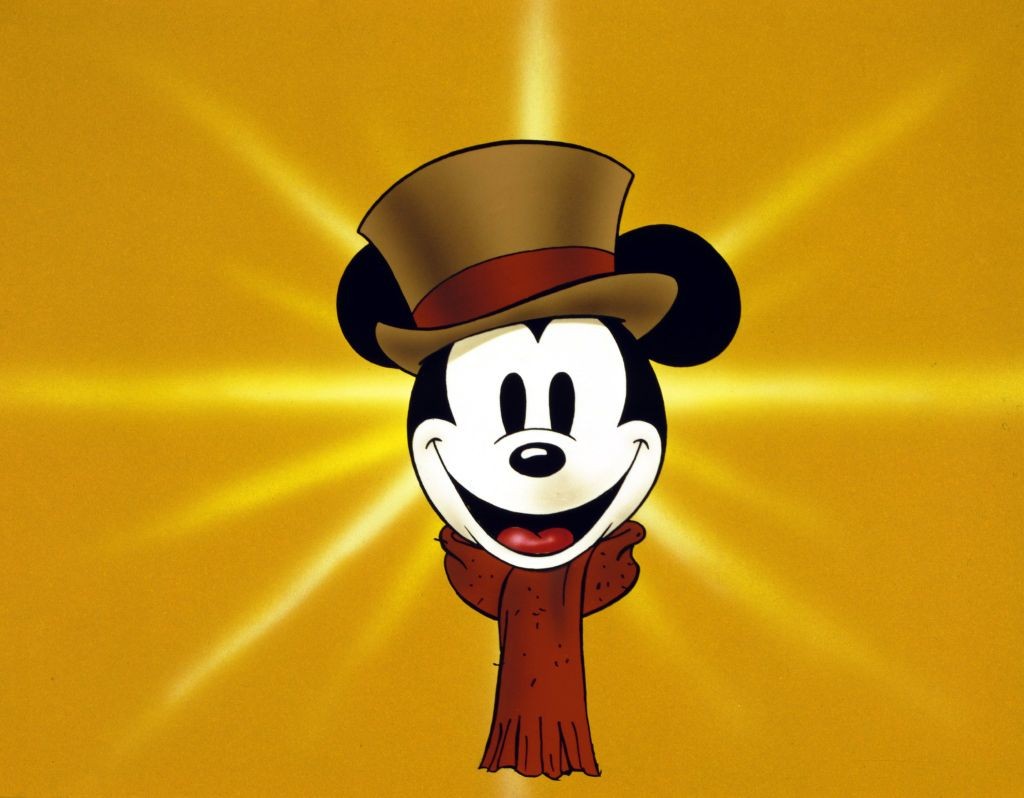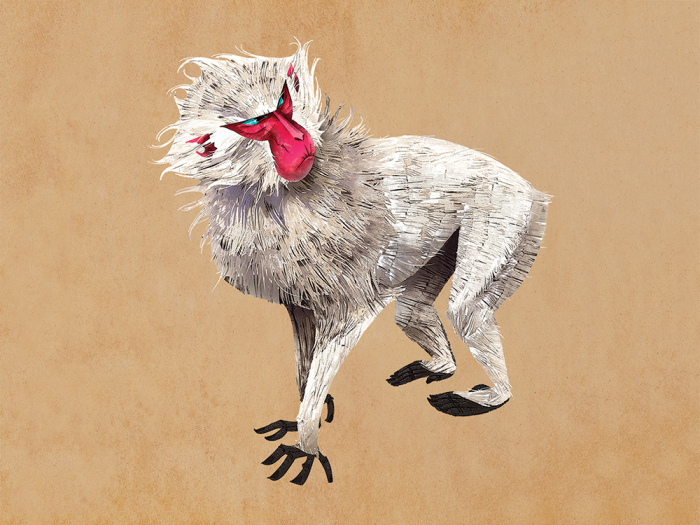
LAIKA’s upcoming stop-motion movie Kubo and the Two Strings has a new character named Monkey. She is voiced by Charlize Theron (Mad Max: Fury Road, Snow White and the Huntsman) and is one of the mythic companions who helps the hero on his quest. The studio explained its process to Variety and the step-by-step artistry that went into her design and the finished puppet.
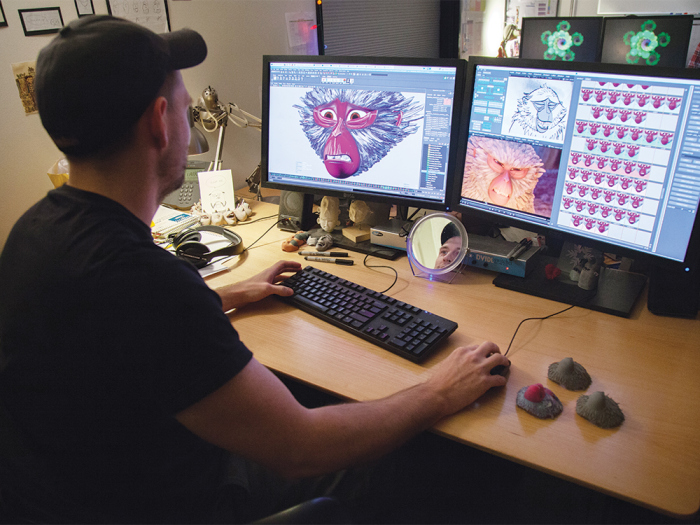
After starting with the art, character artist David Vandervoort, explains that adding “a chip in the tooth, or a little tuft of hairs not quite in place [can] really endear a character to the audience.” Once the design is completed, it’s sculpted into a maquette model and scanned to create a 3D digital version. The image above shows animator Adam Lawthers working on Monkey’s face. Her expression for every frame will eventually go to rapid prototyping (3D printing).
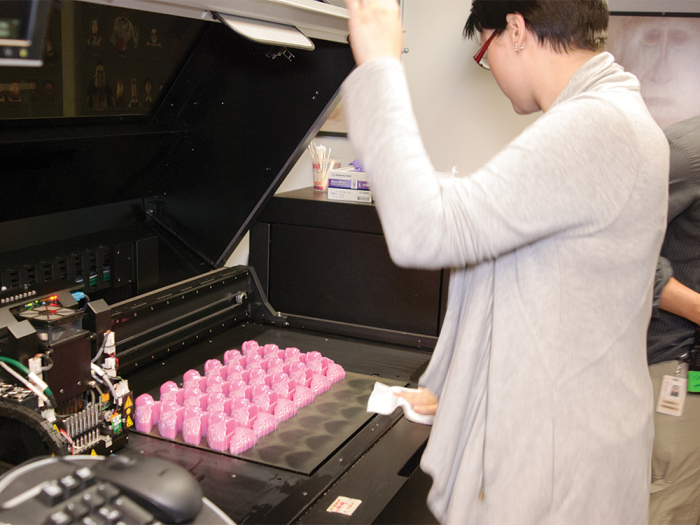
The 3D printer, shown in the image above, makes approximately 20 faces at a time, with each batch taking about 40 hours to make. Over 60,000 faces are being made for Kubo, almost three times as many faces that were made for LAIKA’s previous film Coraline. These faces allow the characters to convey many different types of expressions. The faces come out of the printer embedded in a soapy, sweet-smelling pink resin.
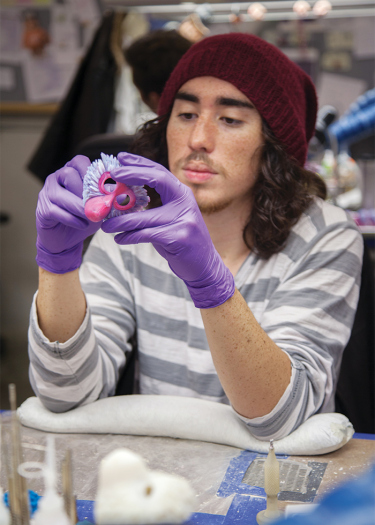
When the resin is washed away, artists such as Daniel Cespedes (above), clean, sand, and dip them in Super Glue to heighten and fix the colors. Director of rapid protyping Brian McLean says, “The little-known secret about 3D printers is they don’t always produce consistent results, in both color and shape.” Sometimes pieces have to be reprinted.
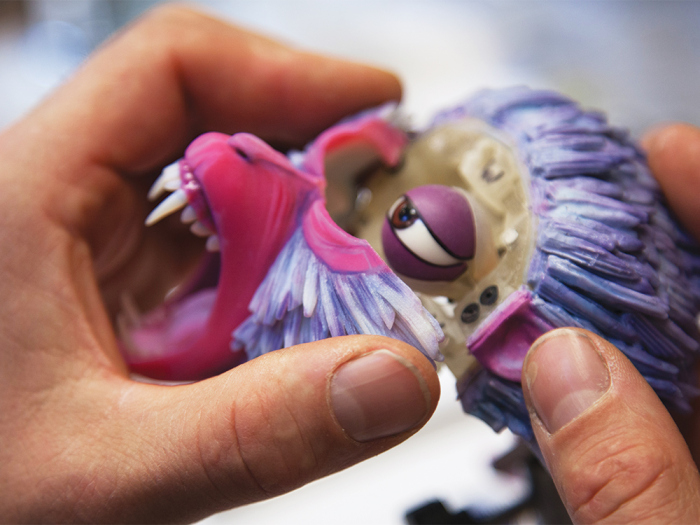
Eyeballs are then added into Monkey’s eye sockets. These are made separately so they can move around. Then every face piece has a hard skull with the same shape, so all tops and all bottoms are interchangeable. After each frame is photographed, it’s retouched to hide any visible seams between top and bottom.
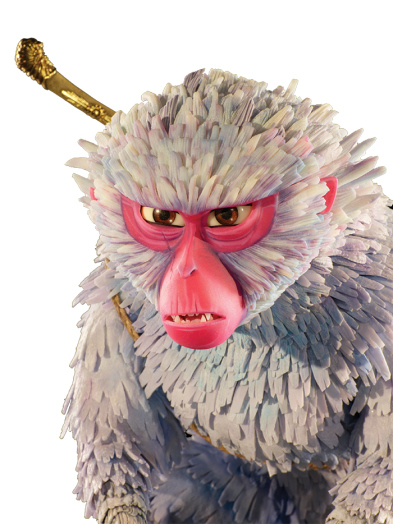
There are thousands of Monkey heads made, but there are far less bodies which need to be hand-painted. The head of hair and the fur is stiff and flexible enough to be hand-animated. Her fur can then ripple in the wind even without digital effects. This process clearly shows us how the 3D printer certainly does not do all the work; a lot of man-hours and manual labor is put into LAIKA’s movies. Maybe that’s why we love them so much?
What do you think of LAIKA’s process for making models? Do you like the design of Monkey?
Edited by: Kelly Conley


